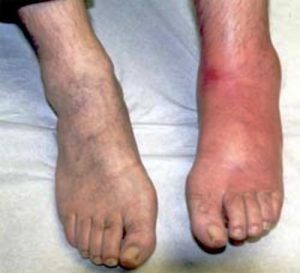
Bee Sting
According to NIOSH, thousands of people are stung by insects each year and as many as 90–100 people in the United States die as a result of allergic reactions.
Most individuals only experience minor swelling and pain after being stung, but many individuals can experience other symptoms after a sting.
Sting Prevention:
Before performing any work in an area, it is important to do a site walk to look for any hazards, including bees and wasps.
Often times, people start performing a task not knowing there is an active hive in close proximity to them.
- Avoiding areas where bees or wasps are is the most effective way to prevent stings.
- If you are severely allergic to bees or wasps, avoid any work that puts you at great risk of getting stung.
- Wear clothing that covers as much skin as possible when working in areas where there may be bees and wasps. It is harder for stinging insects to sting through clothing.
If you are stung:
Gently scrape out the stinger using a blunt object such as a credit card. Remove the stinger as soon as possible.
STINGS ARE NOT ONLY PAINFUL… THEY COULD BE DEADLY!!
Download flyer: STOTW_632_Bee and Wasp Safety Download Spanish flyer: STOTW_632_Bee and Wasps Safety_esp

